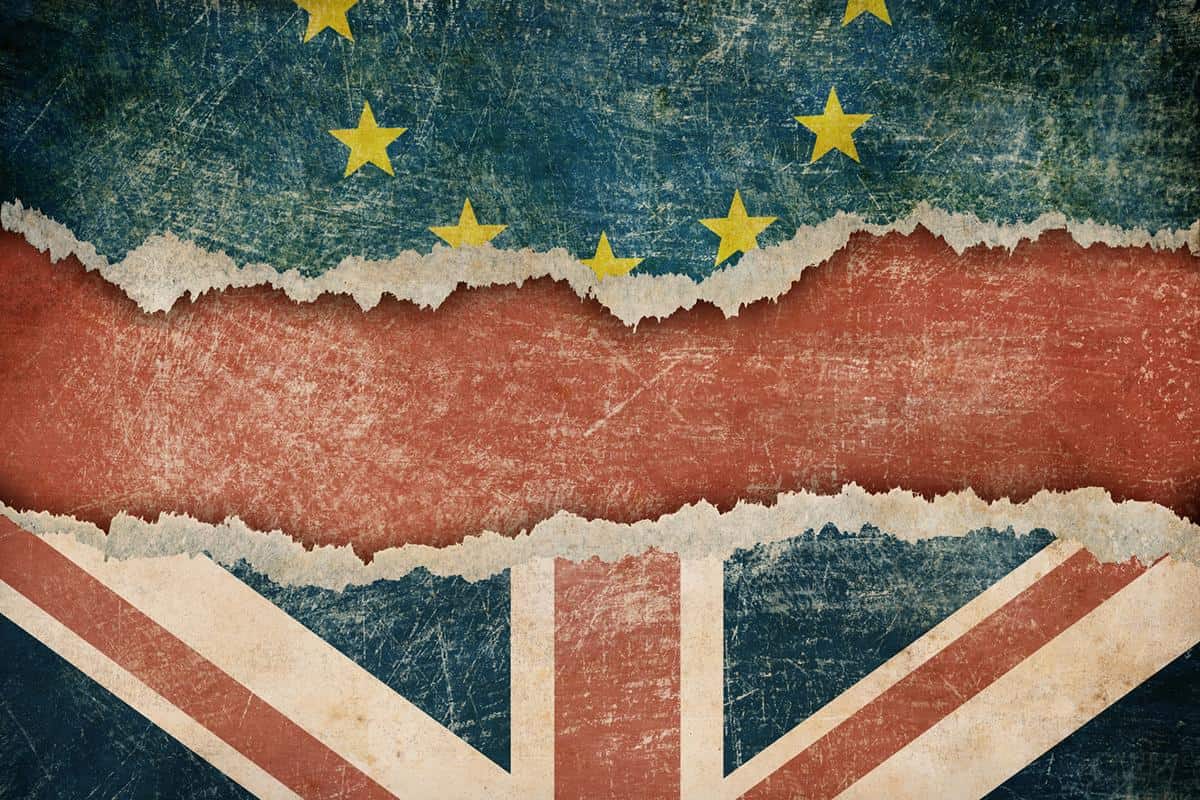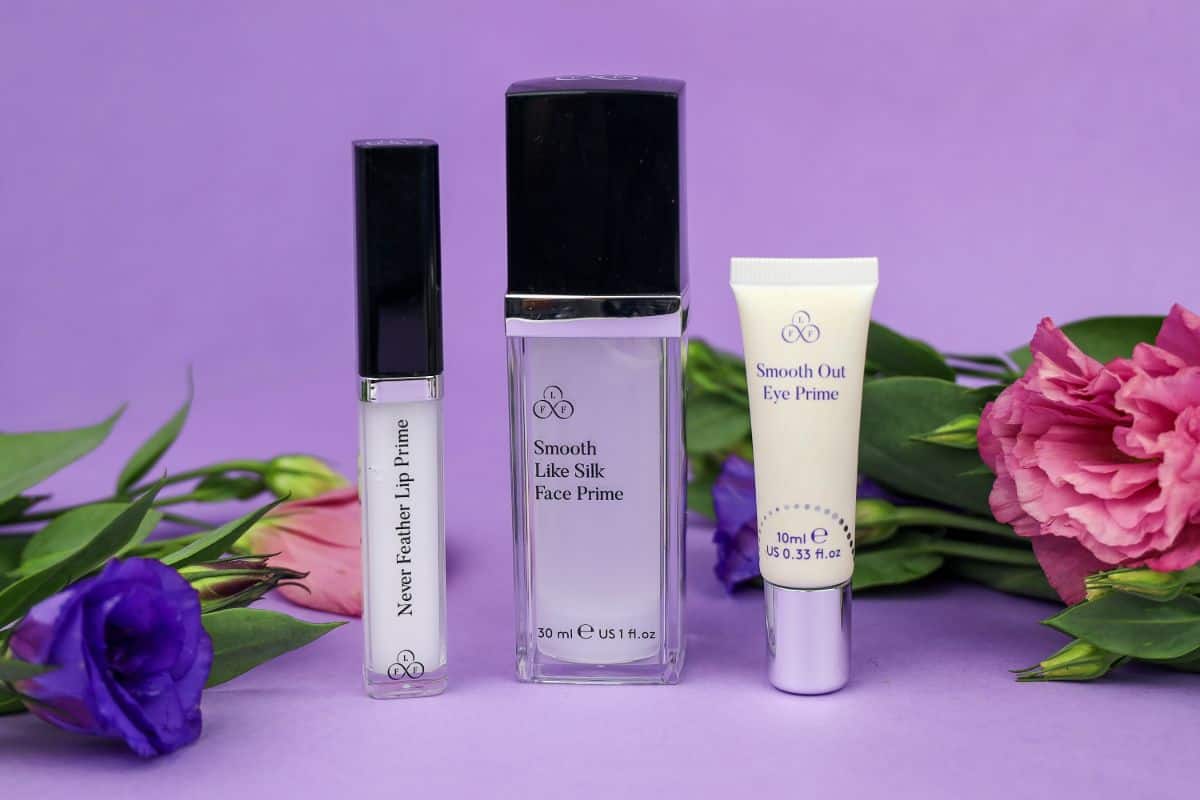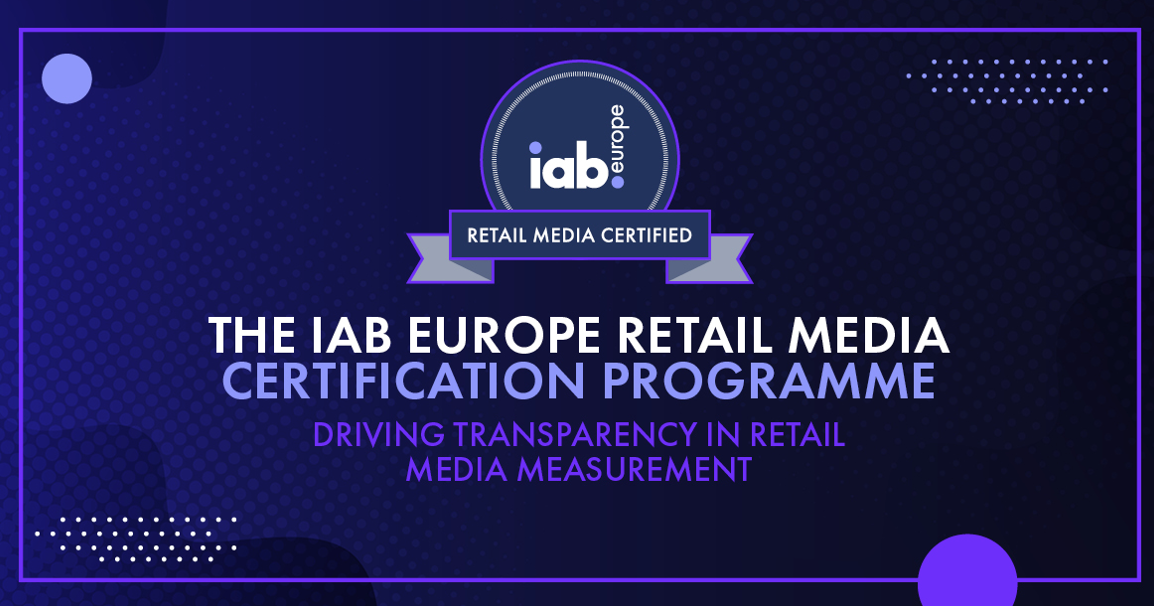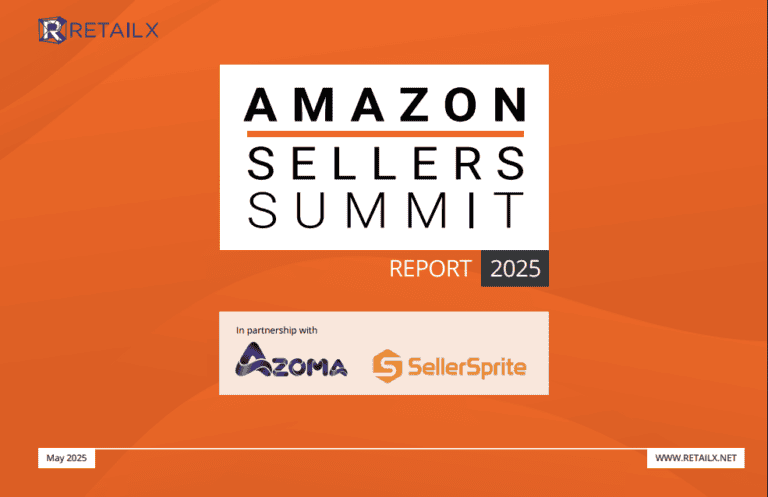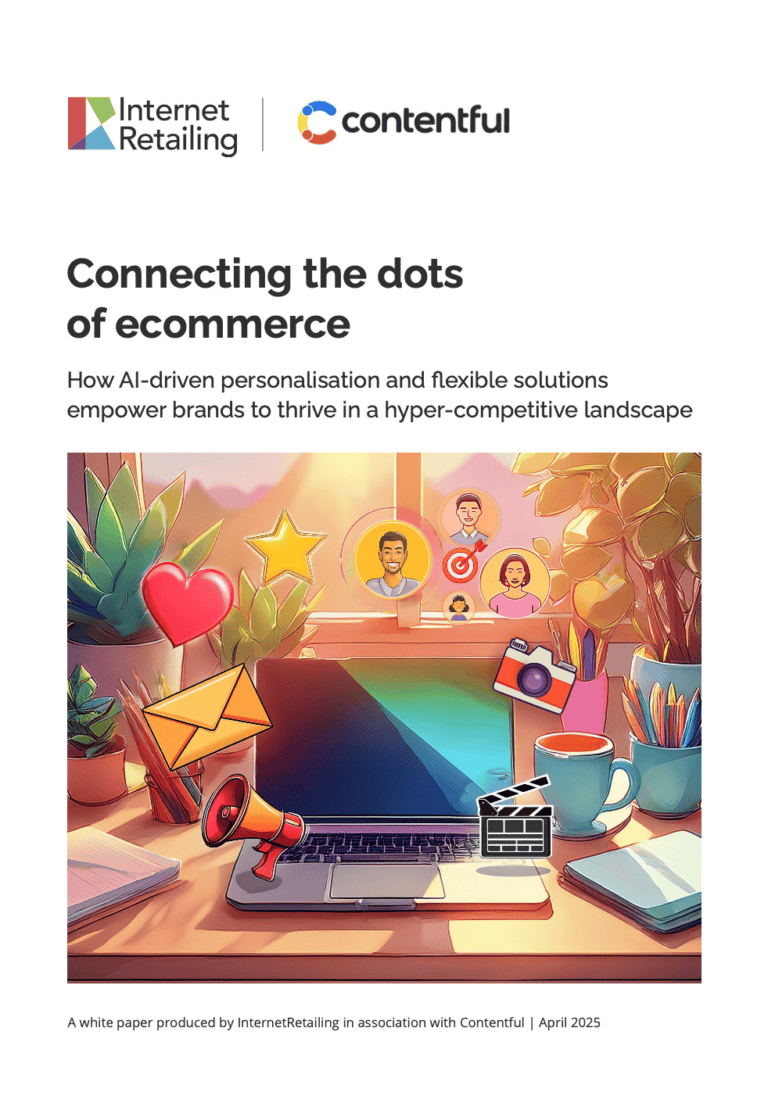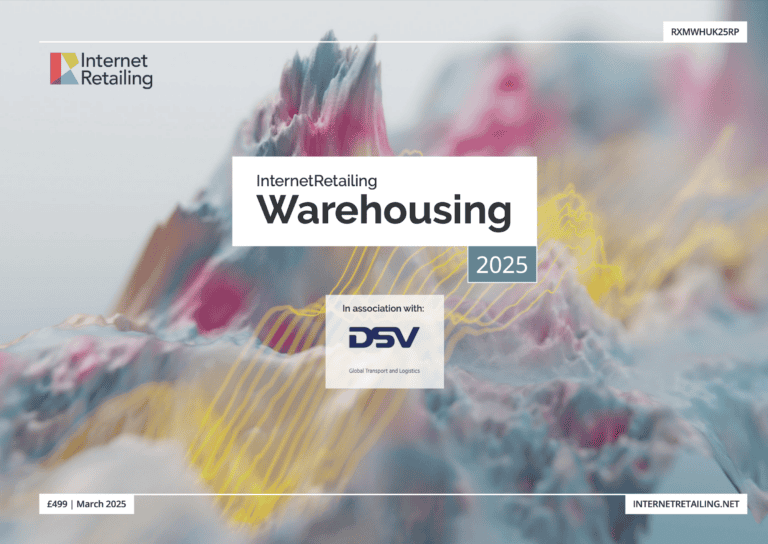Before the pandemic, Brexit was the most impactful thing to happen to retail since, well, the UK entered the EU 40-plus years previously. While much of that impact is still to be seen – hidden from view to some degree by the problems caused by Covid – a picture of what may change in key sectors is emerging.
Drawing on RetailX’s Sector Reports from the first half of 2022, we can start to piece together what has happened and what is likely to happen to a range of sectors.
Luxury
According to the RetailX Luxury Sector report 2022, the implementation of the UK’s withdrawl from the EU from 1 January 2021 has had a noticeable impact on both UK luxury and fashion, as well as on luxury brands based outside the UK.
The Brexit deal saw the end to both a VAT rebate on luxury goods, as well as a cessation of a zero-tariff and zero-quota trade for luxury goods between Britain and EU. This initiative was largely accepted and celebrated by the industry, as it drove trade among not just EU shoppers, but from tourists visiting the EU and the UK.
Removing the VAT rebate, which allowed foreign buyers to claim back the UK’s 20% VAT on luxury purchases made in the UK has caused a major headache for UK brands and UK-based luxury brands from elsewhere.
While foreign shoppers can still buy UK luxury goods in the UK and claim the 20%, they have to have the goods shipped directly to their home country. According to the Centre for Economics and Business Research this has seen a huge drop in international visitors to UK luxury brands by nearly 7.3%, resulting in a £1.8bn loss.
The removal of tariffs has seen further impact on the sector, with UK brands taking a hit, while EU luxury sellers reaping the benefit.
Britain has an exposure of 4 to 5% in terms of international luxury brands. It relies more on domestic brands like Burberry, which brings about 10% of the overall domestic sales. However, the problem for UK luxury brands comes when shoppers are shopping elsewhere in the EU – they are likely to buy from EU brands in the EU where they can not only claim back their VAT, but they can also get a better price, as UK brands will be subject to quotas and tariffs for selling there.
This, believe the Centre for Economic and Business Research, will drive Asian luxury shoppers to buy European luxury brands.
The UK is in talks with the US and other markets to create Free Trade agreements, which could eventually off-set these issues, but they are likely to be a long time coming.
Fashion
A survey back in early 2021 of UK fashion bosses suggested that 59% were already seeing the impact of Brexit on their businesses, with 77% expecting that true impact to start to be felt post-lockdown.
According to the UK Fashion and Textile Association (UKFT), 98% of UK fashion businesses it surveyed in 2021 experienced higher costs through bureaucracy and paperwork, 92% experienced increased freight costs, 83% increased customers costs, 53% seeing cancelled orders from EU customers and 44% have seen increase in returned or rejected items due to customs costs and VAT issue.
As a result, finds the RetailX Fashion Sector Report 2022, 25% of fashion retailers were considering relocating some or all of their operations elsewhere in the EU to make logistics, staffing and manufacturing easier. 39% would move to the EU if they were offered tax advantages. 91% want a visa scheme to make it easier for creatives to operate across the UK and EU.
For European consumers, Brexit has predominantly led to changes in VAT, prices and ease of buying and having delivered UK fashion goods. From the onset of the UK’s departure from the EU, European customers of UK goods pay their own local VAT, which can be advantageous. Products sold by UK vendors that are made in, say, China, however may see additional duties added as they cross into the continent.
Paperwork for exports can also see prices rise for EU customers, as well as leading to much longer lead times – making the appeal of UK fast fashion less.
Together this is harmful to the UK fashion industry, but has led to benefits for the EU fashion industry to increase its sales within the continent to make up for the drop-off in purchasing of UK goods.
The UK does, however, stand to see some benefits from Brexit. Freed from EU collective bargaining, it could strike favourable trade deals with other markets – most notably the US and China – which could lead to increased sales of UK fashion goods in these markets.
Consumer electronics
The UK’s exit from the EU has impacted retail in many ways, but the consumer electronics sector has seen one of the most far reaching, reports the RetailX Consumer Electronics Sector report. From 1 January 2021, consumer electronics goods being sold in the UK have to be certified not by the EU conformity assessment criteria – the CE mark – but to a new set of UK-specific regulations,
the UKCA.
The UK Conformity Marking replaces the EU’s CE mark for electronics goods sold in the UK and brings together a range of existing technical specifications – across gas appliances, radio equipment, electromagnetic compatibility and other safety and security regulations – from EU law into a new UK assessment.
While the technical specifications remain the same, goods have to pass the criteria laid out by the UK government to achieve a UKCA mark. If these goods
are also being sold in Europe they have to also attain
a CE mark.
This process adds a new layer of regulatory complexity for manufacturers and sellers of consumer electronics within the UK and the EU, as they have to be passed by both authorities. This slows down bringing items to market, as well as impacting those that want to import goods manufactured outside of both the UK and EU into both markets.
Wider geo-political events have also had a disproportionate impact on consumer electronics. The industry relies on goods that are truly international. Chips are made in China from Lithium mined in Russia, put into equipment designed in Europe, the US and Korea and sold all over the world.
The changing political landscape worldwide has an obvious impact. The war in Ukraine is affecting, among other things, the production of raw materials used in the making of electronics components and devices, with neon – a key component in semi-conductor production – particularly under threat.
The sea port of Odesa is home to Cyoin Engineering and Iceblink, two companies that produce 70% of the world’s neon gas. Meanwhile, Mariupol – taken by Russian forces – is home to another major producer of neon, Ingas. The situation is further complicated by Russia supplying the unprocessed neon to these Ukrainian companies to process.
Many manufacturers stockpiled neon when invasion looked imminent, but these supplies will run out.
The war is also impacting sales and supply chain. As part of its reaction to Russia’s invasion of Ukraine, the US blocked all sales of chipsets to Russia. Russia accounts for around 1% of consumer electronic sales globally, but it is still a large reduction in revenues for many manufacturers.
China, however, is not blockading Russia and so is likely to divert some of its semi-conductor and device production to plugging this gap. This will cause supply chain – and so cost – issues elsewhere in the supply chain, leading to rising prices and more scarce supply.
The move by China could also invoke the ire of the US, worsening already stalling Sino-US relations, leading to further complications to the global supply chain issues in the sector.
The global shipping crisis, caused by the lay offs of air, land and sea cargo handlers, drivers, pilots and crew during the pandemic, is also seeing the sector facing unprecedented supply chain issues.
This impacts both the supply of raw materials and components, as well as the shipping of finished goods to their destination markets.
Combined, the impact of Covid-19 on supply chains and the on-going disruption to access to raw materials, processed materials and components has the potential to impact the consumer electronics industry significantly in the months and years ahead.
